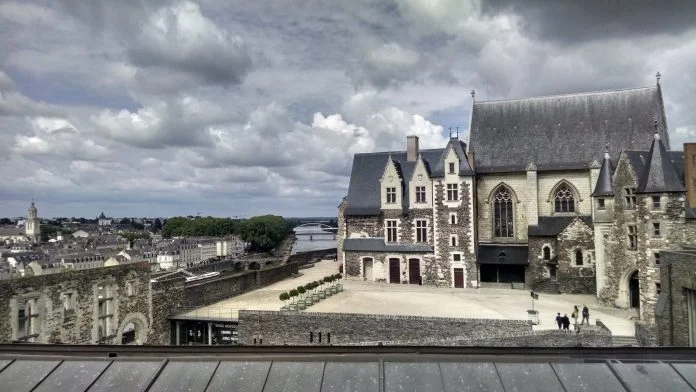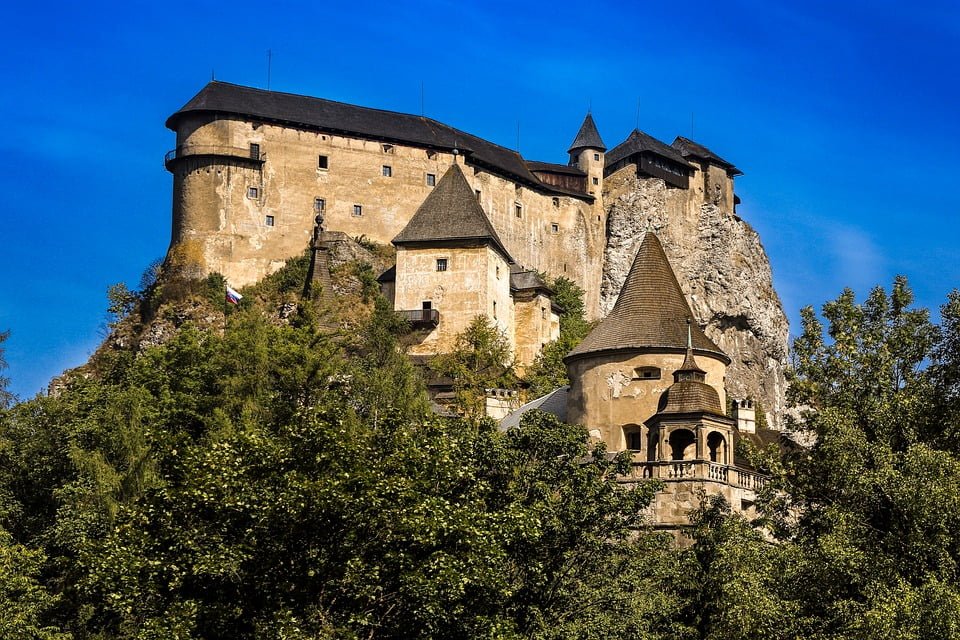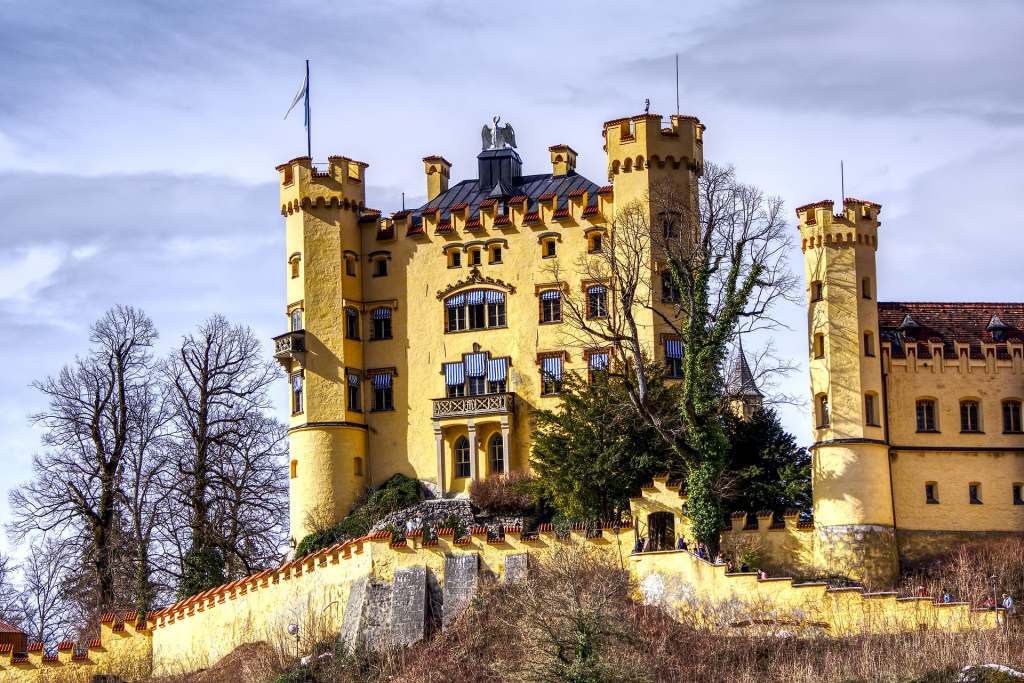Chateau d’Angers is a breathtaking symbol of Medieval French architecture. It is a defensive fortress with a rich history that now houses some of the oldest European tapestries, artwork, and relics. You should definitely pay a visit to this mesmerizing museum to bask in the essence of the golden period of the French renaissance and enjoy beautiful views of Angers city. Here’s everything you need to know:
Table of Contents
Chateau d’Angers has never been able to be captured by any occupying force in history due to its great fortitude and strong structure.
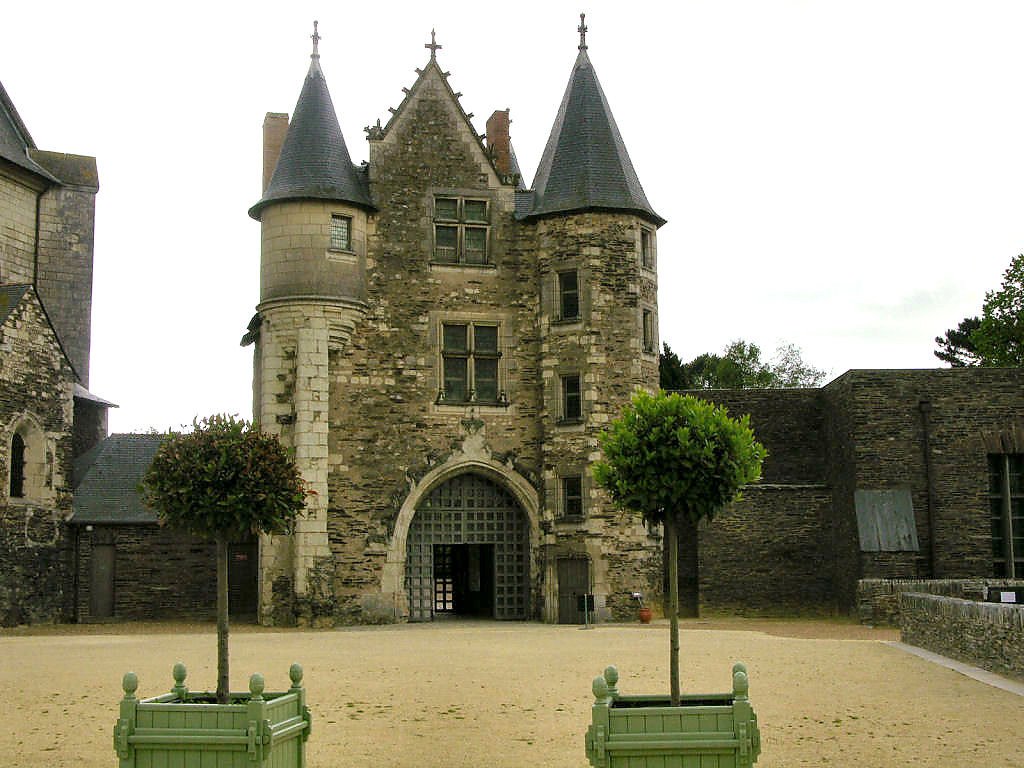
Frequently Asked Questions
Where is Chateau d’Angers Located?
Chateau d’Angers is situated inside Angers city in the Valley of Loire in Maine-et-Loire department, France.
When was Chateau d’Angers Built? Who Build It?
The castle was first built in the 13th century by Blanche of Castille, who was the wife of Louise VIII and also the regent.
When is The Best Time to Visit the Castle?
The best time to visit the site are spring and summer months (between March and August) as the temperature is mildly warm and pleasant in France.
What Other Monuments are Located Nearby?
Other monuments you can visit in the city of Angers include the Château du Plessis-Bourré, Cathedrale Saint-Maurice, Gallery David D’angers, and Collégiale Saint-Martin.
FOR HISTORY | BEAUTIFUL IMAGES | INTERESTING FACTS | TRAVEL TIPS
Early History
Origins (9th century)
The earliest structure at the location was constructed by the Counts of Anjou in the 9th century. The construction was authorized by the Bishop of Angers. In the 12th century, the castle came to be a part of the Angevin empire which belonged to the Plantagenet Kings of England.
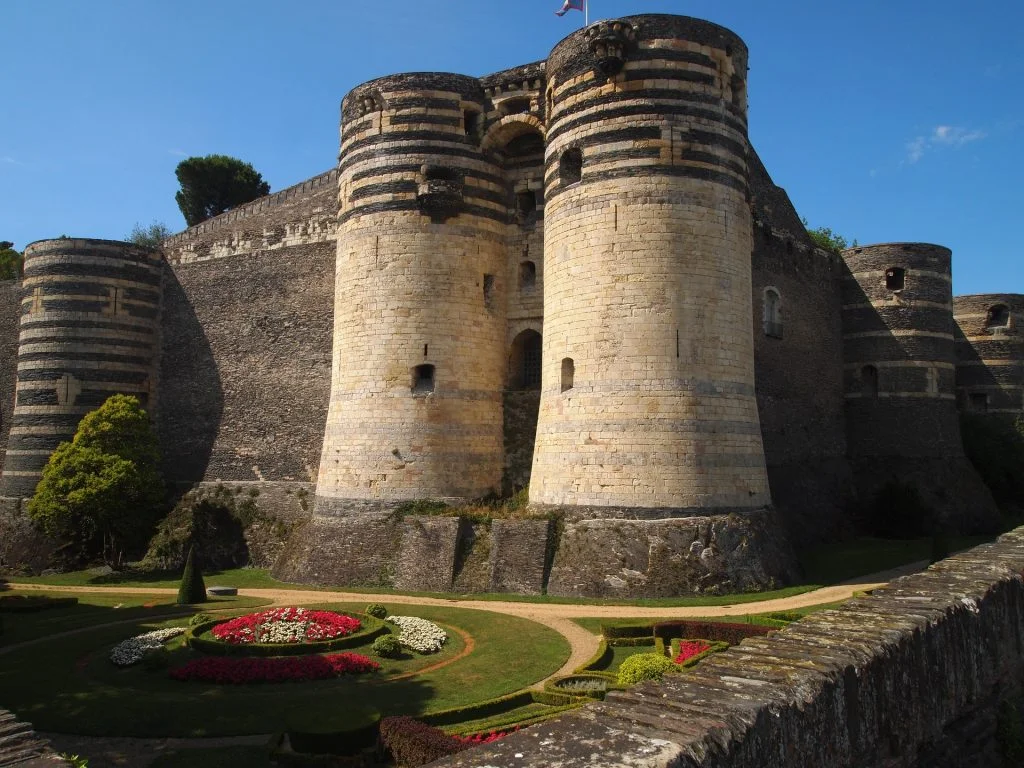
Construction of the Castle (13th Century)
In the early 13th century, the area was captured by Philip II. Blanche of Castile and her son Louis IX (also known as St. Louis) commissioned the construction of the castle as a fortress in Angers due to the site’s strategic location in terms of defense. The location was a settlement of the Romans back then. The construction of the castle cost almost an entire percent of the royal revenue at that time.
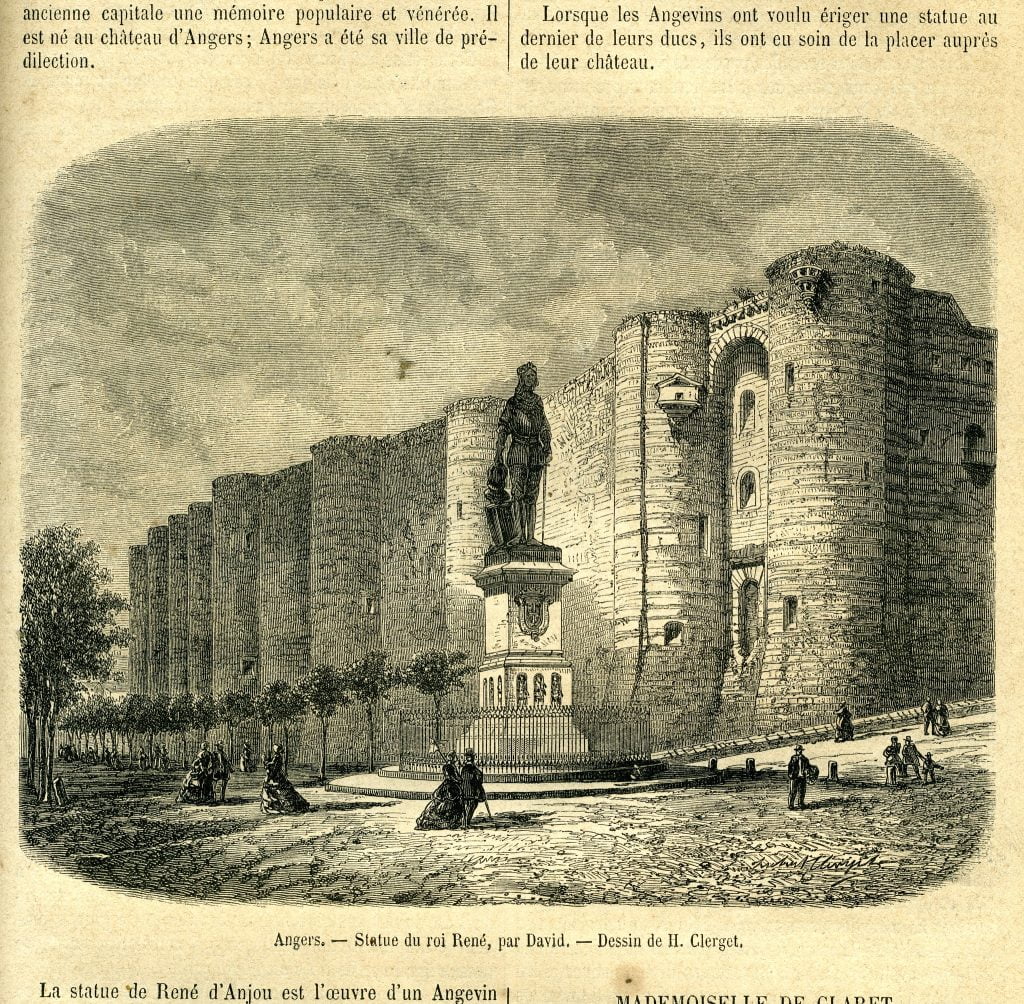
Transfer of Power and Modifications (14th-16th Century)
King John II was in possession of the castle in the 14th century. He passed it on to his second son Louis in 1352, who went on to become the Count of Anjou. Louis had the castle revamped and funded Flemish artist Hennequin de Bruges and French weaver Nicolas Bataille to paint the renowned Apocalypse Tapestry in the year 1373.
Later, Louis II and Yolande d’Aragon modified the castle and added royal apartments as well as a chapel to the building. King Charles VII, years before rising to the royal status, took refuge in the castle at the beginning of the 15th century after having to escape Paris.

The palace was restored to be a defensive fortress in 1562 by Catherine de’ Medici. Her son Henry III, however, lowered the altitude of the towers and removed the walls’ embankments, and used the stones from the castle to develop streets and other infrastructure in the village of Angers. He still maintained some of the fortress’ defensive properties by making the castle a military camp and placing artillery on the terraces of the castle, due to the looming threat of an attack from the Huguenots.
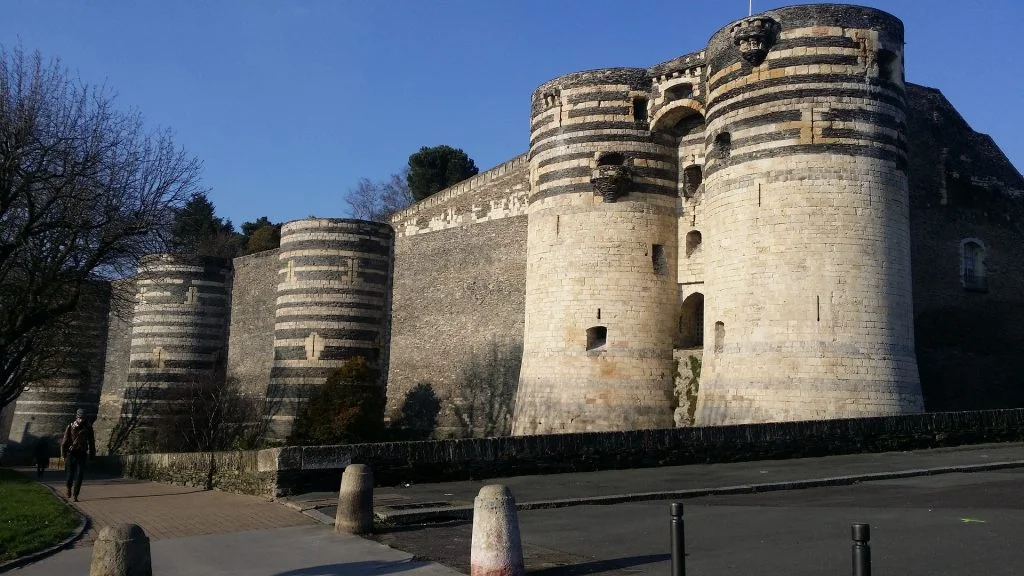
18th Century Onwards
By the end of the 18th century, the castle was a well-established military garrison. During the French revolution, the castle’s sturdy structure and strong defense system were able to withstand heavy cannon attacks carried out by the Vendean army, forcing the army to give up.
In the 19th century, a military training center was founded inside the castle to train young soldiers about war strategies. A well-known alumni of the Military Academy of Angers was Arthur Wellesley, the 1st Duke of Wellington, who is renowned for having participated in the defeat of Napoleon Bonaparte’s army in the Battle of Waterloo. Later the academy was shifted from there and the castle was used as a prison, military barracks, and a store for gunpowder.
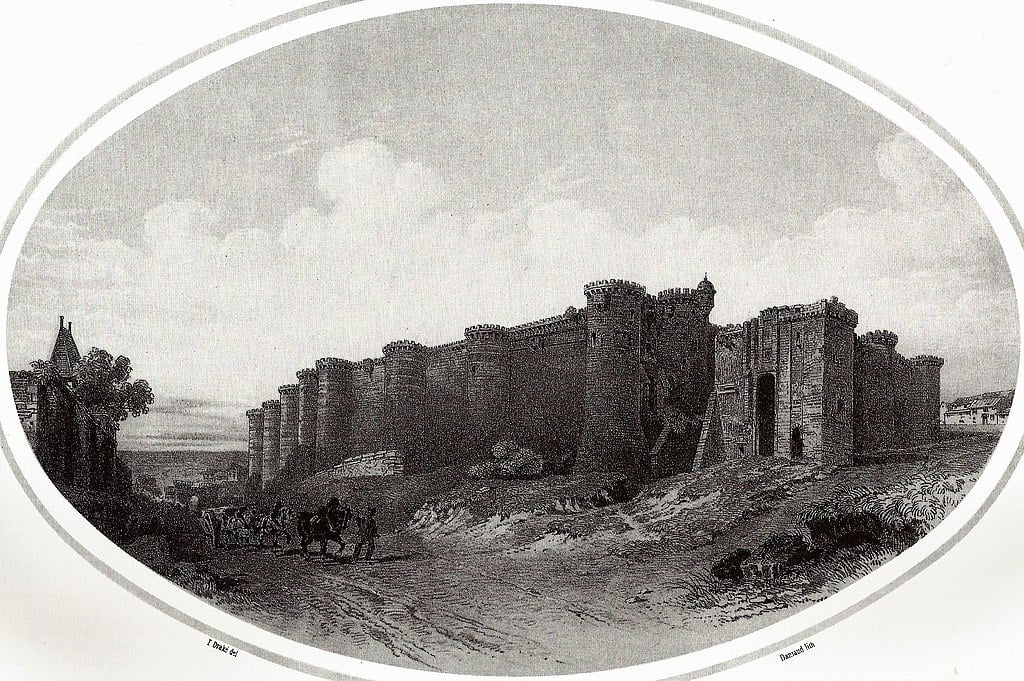
Revisit More Historic Places Below or Read Further
Current Times
During WW I and II, the castle was used as an armory. It underwent severe damage during the second world war when an attack by the Nazis caused the ammunition reserve located in the castle to blow up.
Today, the castle is owned by the city of Angers and is open to the public as a historical monument and museum, containing the earliest and biggest collection of tapestries from the medieval ages. It welcomes quite a crowd of visitors each day.
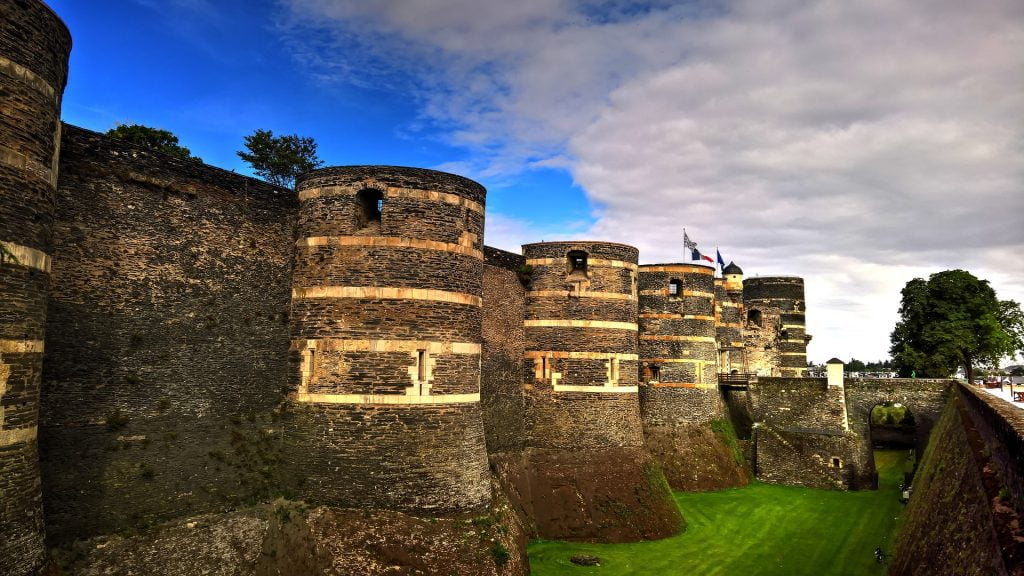
Interesting Chateau d’Angers Facts
- The external wall of the castle has a thickness of 3 meters (3.25 yards) and a horizontal length of around 660 meters (772 yards, or just under half a mile).
- The outer wall is protected by seventeen huge towers.
- Chateau d’Angers has never been able to be captured by any occupying force in history due to its great fortitude and strong structure.
- The castle covers 20,000 square metres (23,920 square yards) of area.
- The Tour du Moulin is the sole tower of the castle which retains its original altitude to this day. The rest were cut down to utilise the material for infrastructure.
- The Apocalypse Tapestry inside the chateau measures 140 meters (153 yards) in length.
- The formidable structure of the castle can be attributed to the fact that the main construction material used in the fort is the Grey Anjou Schist, a strong metamorphic rock consisting of various minerals.
- Wheelchair access and Braille display is available as needed.
Visiting Chateau d’Angers – Tips and Tricks
Chateau d’Angers is a unique look into history, both for its unusual architectural stripes and its rich collection of historic artifacts. It is well worth your time to make a visit, let’s look at some helpful details:
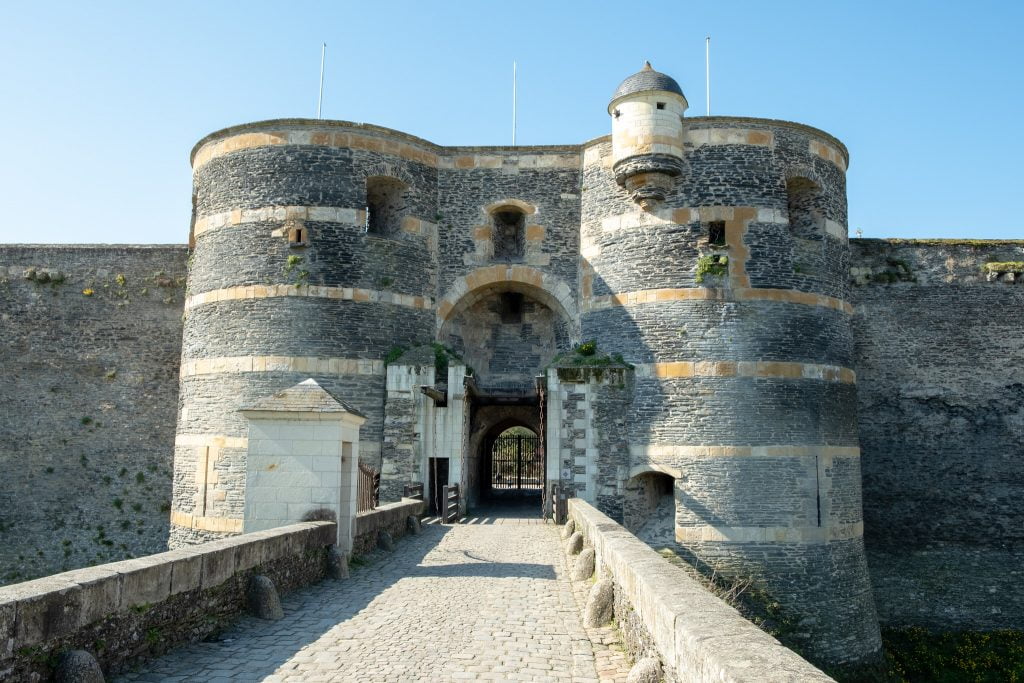
How to get to Chateau d’Angers?
From Paris, you can get to the castle by car, train, or bus. The cheapest option is going by bus, which would take you around 3 hours 41 minutes and cost you between €12 and €20 ($14-$24 USD). The site is an 11-minute walk from the Bercy Seine bus station.
Via train is the fastest option if you are looking to save traveling time. The journey would take you around 1 hour 44 minutes and cost you between €55 and €72 ($65-$85 USD). The site is a 14-minute walk from the train station.
You can also take a car through Rideshare, which would cost you between €17 and €19 ($20-$22 USD), it would take you about 3 hours 36 minutes to reach the site.
Ticket Prices, Visiting Hours & Travel Tips
Information was checked & updated on October 9, 2023.
For a self-guided tour, the individual rate is €9.50 ($11 USD). If you wish to be aided by an audio guide, it would require an additional ticket costing €3.00 ($4 USD). You can also get an informational book called Heritage Itinerary and a journal of the exhibition called “Of Sulfur and Fire” for €7.60 ($9 USD) and €2.85 ($4 USD) respectively.
Architecture students, unemployed individuals, European citizens between the ages of 18 and 25, artists associated with Maison des Artistes or Association Internationale des Arts Plastiques, as well as disabled people can enter without a fee. Concessions are offered to groups of 20 people or more and 18 to 25-year-olds.
You can find updated information on the official website of the National Monuments Center, here.
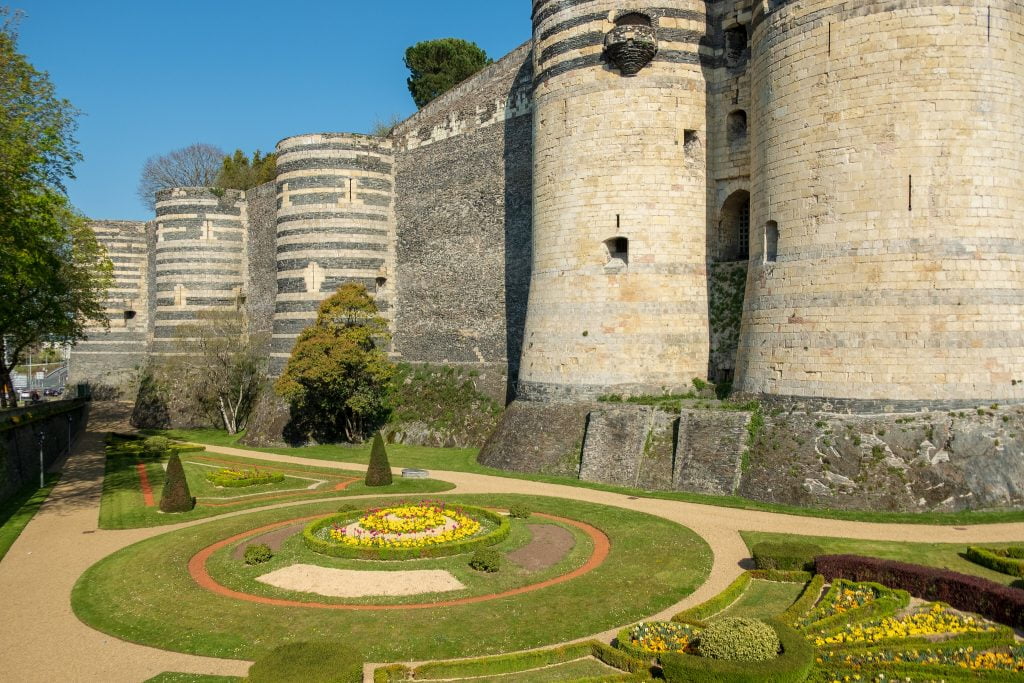
How Long Will It Take to Tour Around?
A self-guided tour should take you a little over an hour, slightly longer if you take the audio guide for touring.
Up to Date Information
For up to date ticket prices and visiting hours visit the official website: https://tickets.monuments-nationaux.fr/en-GB/families?site=2004684439930400312
Some words of advice and tips:
- Book your ticket online in advance to reserve your spot.
- Visitors aged 12 and over are required to have European Union-issued Digital COVID Certificates.
- Do take some time to explore the colorful, flowery garden outside the castle, as it is quite the sight.
- Audio guides and educational books are available for visitors for an immersive and enlightening experience.
- Do take a moment to enjoy the view of the Maine river and the city of Angers from the ramparts of the castle.

